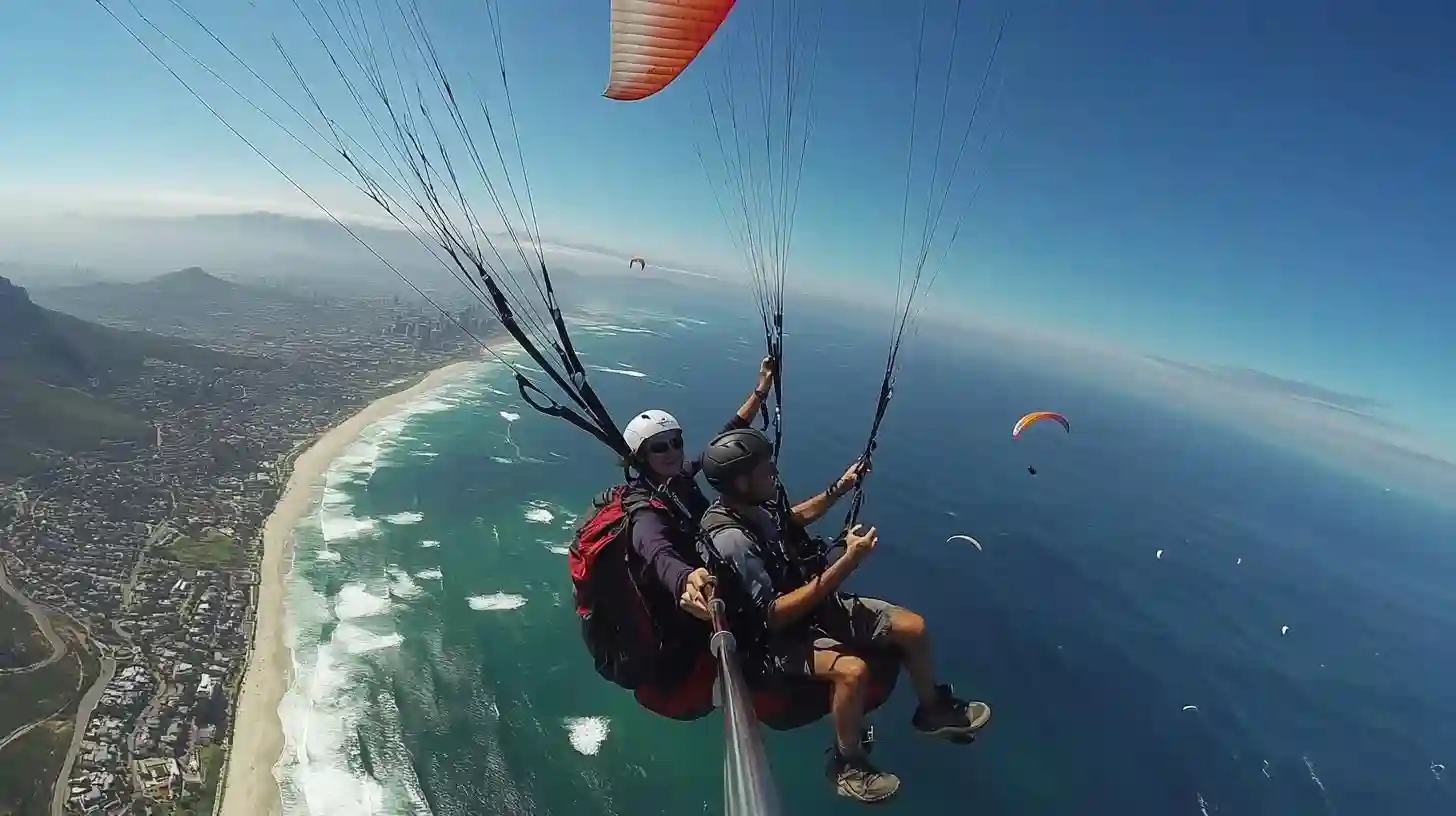
Paragliding, an exhilarating sport that has captured the hearts and minds of adventurers around the globe, offers a unique way to experience the freedom of flight. With the ability to soar above breathtaking landscapes, gliders revel in the thrill of gracefully gliding through the sky, enjoying panoramic views that are often inaccessible by other means. This extreme sport combines the elements of hiking, aviation, and adrenaline-fueled excitement, allowing participants to dream of flight while being securely harnessed to a fabric wing known as a parachute.
The history of paragliding can be traced back to the late twentieth century when pioneers sought to explore the realm of free flight in a simple and accessible manner. Unlike traditional forms of aviation, paragliding relies on the lift generated by the movement of air over a specially designed wing. With a light weight and compact packability, paragliders can carry their gear to remote mountain summits or designated take-off spots, unrolling their wing and launching themselves into the great blue expanse above. The feeling of weightlessness experienced during ascent is incomparable, as gliders quickly find themselves surrounded by clouds, with vast landscapes sprawled beneath them.
One of the most appealing aspects of paragliding is its accessibility to a diverse audience. While it certainly attracts seasoned thrill-seekers, beginners can easily partake in tandem flights with experienced pilots guiding their aerial adventure. Tandem flights provide novices with the opportunity to experience the excitement of paragliding with the comfort of knowing a professional is at the helm. This unique dual control setup allows beginners to savor the incredible sensation of floating through the sky without requiring extensive training or experience. However, for those who wish to take their passion further, dedicated courses and training programs teach participants the necessary skills to become solo pilots.
Safety is paramount in this extreme sport, and prospective paragliders must be aware of the inherent risks involved in soaring through the skies. Preparation is key; rigorous training and understanding weather conditions are essential aspects of safe flying. Pilots are encouraged to familiarize themselves with safety protocols, equipment checks, and the principles of flight dynamics. Gear technology has evolved significantly, with advancements in materials and design enhancing performance and safety. Modern wings are constructed with lightweight yet durable materials, and gliders are equipped with emergency parachutes and other safety devices, allowing pilots to fly with greater confidence.
The sheer variety of landscapes suitable for paragliding also contributes to its widespread appeal. From soaring above majestic mountains to gliding over golden sandy beaches, paragliding enthusiasts can find fascinating venues to explore almost anywhere in the world. Notable locations attract those seeking to embrace this exhilarating form of flight. The stunning Swiss Alps provide an iconic backdrop for gliders, while the cliffs of Cape Town in South Africa and the lush valleys of Medellín in Colombia prove equally enticing. As more people become interested in paragliding, local communities often develop specialized infrastructure, such as designated take-off sites, landing zones, and equipment rental facilities, further boosting the sport's popularity.
As technology continues to advance, so too does the opportunity for innovation within paragliding. New materials and design improvements make wings more stable, allowing for longer and more effortless flights. Additionally, the advent of smartphone applications and GPS devices has transformed how pilots navigate during flights, helping them track routes, assess weather patterns, and communicate easily with fellow flyers. These developments create a strong sense of community among pilots, fostering a shared passion for soaring through the skies.
Paragliding fosters not only personal growth but also strong camaraderie among participants. Many gliders find themselves joining clubs or attending events, where they can exchange knowledge, share experiences, and partake in competitions. The sport encourages a lifestyle defined by adventure, exploration, and adaptability, as pilots rely on one another for support and guidance. The friendships formed through shared flights and experiences often extend beyond the air, creating lasting bonds among individuals from diverse backgrounds who share a fervent love for flight.
As adrenaline junkies and nature enthusiasts converge in their pursuit of flight, paragliding remains a compelling manifestation of the human spirit's longing for adventure. The thrill of ascending into the unknown, coupled with the artistry of maneuvering through the currents of air, creates an unforgettable experience that leaves participants eagerly anticipating their next flight. With each trip into the skies, paragliders embrace the natural beauty surrounding them, pushing themselves to new heights, both literally and figuratively, in pursuit of adventure.